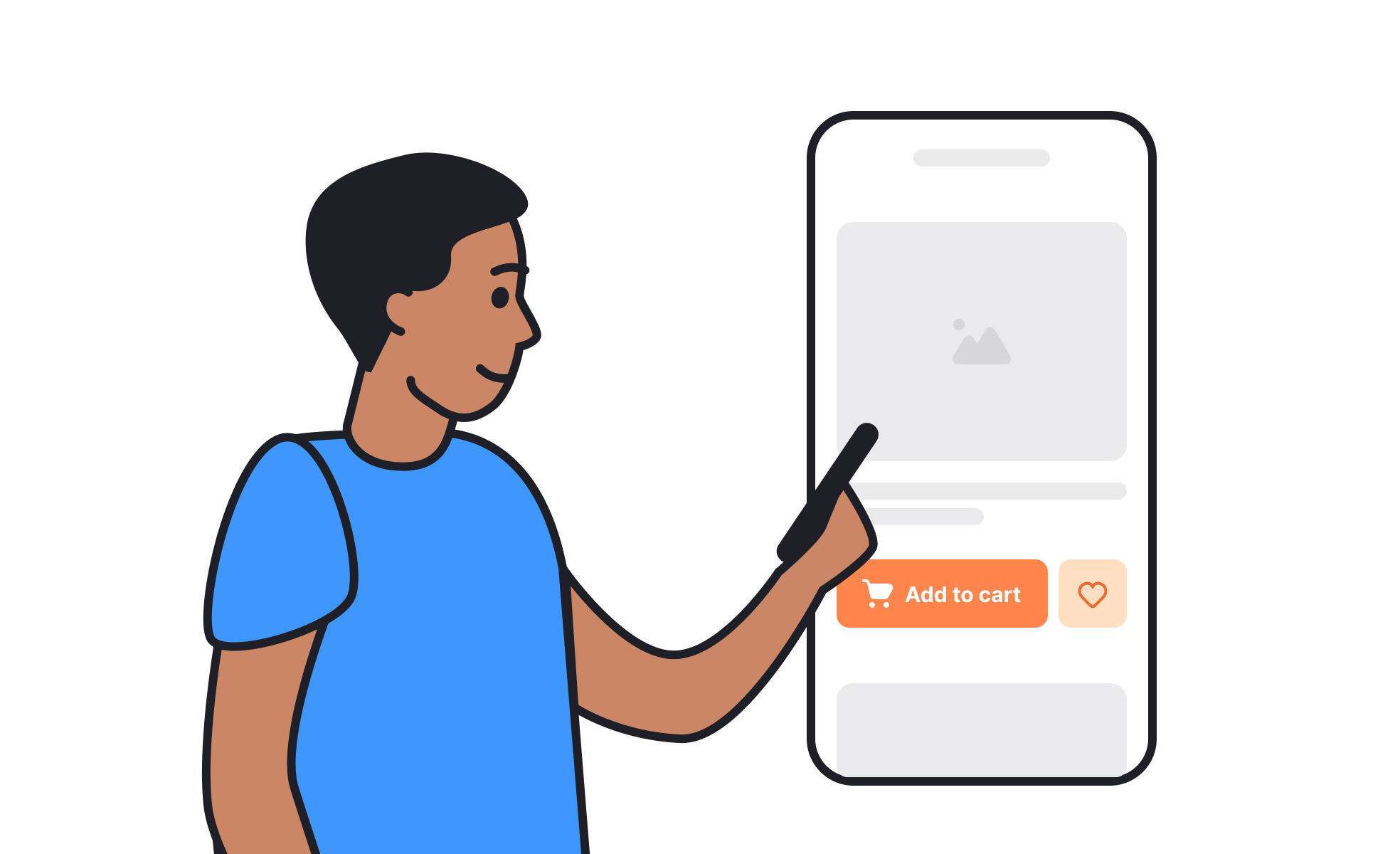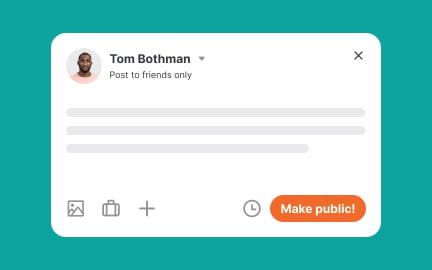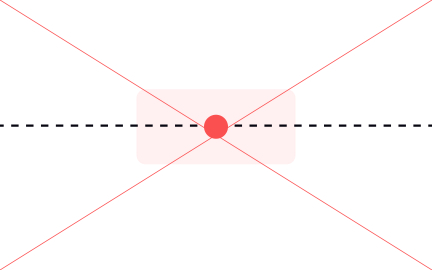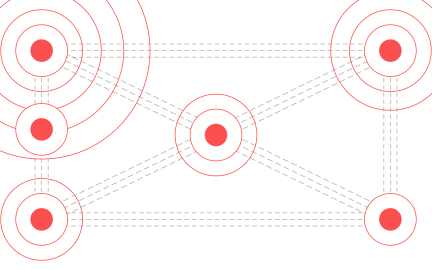User Attention
User attention is the cognitive focus people give to digital products or features, influencing how they perceive, process, and act within an interface.

TL;DR
- Describes how users focus on tasks or content.
- Limited resources shaped by design and context.
- Critical for engagement and task success.
- Guides design choices like layout and hierarchy.
Definition
User attention refers to the level of focus users devote to elements of a product, determining what they notice, process, and act upon during interaction.
Detailed Overview
User attention is a finite resource. In digital design, capturing and guiding this focus is central to usability and overall experience. Interfaces compete for attention with both internal factors, like cognitive load, and external factors, like notifications or environmental distractions. Designers must account for these realities when structuring content and workflows.
A frequent question is why attention matters so much in product design. Attention shapes how quickly users find information, complete tasks, and form impressions. If an interface is overwhelmed with clutter, attention is scattered, and critical tasks are missed. By contrast, clear hierarchy, visual cues, and consistent patterns help users stay focused.
Another common query is how design elements affect attention. Typography, color, spacing, and motion can direct focus toward key actions, such as “Submit” buttons or important alerts. Poor use of these tools, however, can distract or confuse. For example, excessive animations may grab attention but harm comprehension and slow task completion.
Teams often ask how attention is measured. Tools like eye-tracking, heatmaps, and click analysis reveal where users focus their gaze or actions. These insights help refine layouts, ensuring important content is placed where attention naturally falls. Analytics also highlight drop-off points where users lose focus, signaling areas of improvement.
A key issue is balancing attention between primary and secondary tasks. Not every piece of content should compete for top priority. A clear visual hierarchy distinguishes what requires immediate focus from supporting information. For example, in navigation menus, primary actions like “Checkout” should draw more attention than secondary links such as “About Us.”
Finally, user attention links directly to engagement. Products that respect attention by minimizing distractions and guiding focus create more satisfying experiences. When attention is mismanaged, frustration rises, tasks take longer, and trust erodes.
Learn more about this in the Grab User Attention Exercise, taken from the Designing Mobile Notifications & Dialogs Lesson, a part of the Mobile Design Course.
Attention determines what users notice and act on. Without clear guidance, users may overlook critical tasks or information, leading to errors and frustration.
Good design directs attention intentionally, ensuring tasks are completed successfully.
Through hierarchy, contrast, spacing, and cues like icons or motion. These elements highlight priorities and create focus.
The key is moderation: too many attention-grabbing elements create noise instead of clarity.
Eye-tracking, heatmaps, and click analysis reveal where users focus and what they miss. These tools uncover mismatches between design intent and user behavior.
Combining measurement with testing ensures reliable insights.
External interruptions or overloaded layouts scatter focus. Users may miss key steps, leading to abandoned tasks or negative impressions.
Minimizing distractions improves efficiency and reduces error rates.
Products that guide attention thoughtfully feel smoother and more satisfying. Respecting attention creates trust and encourages repeated use.
Poor attention management, on the other hand, leads to frustration and lower retention.
Recommended resources
Courses

UX Design Foundations

Design Terminology

UI Components I
Lessons

Using Color in Branding

User Engagement Through UX Writing

Visual Perception and Design Composition
Exercises
Projects

Talent searching platform profile page concept

Drop It Like A Squat - Gymtastic













